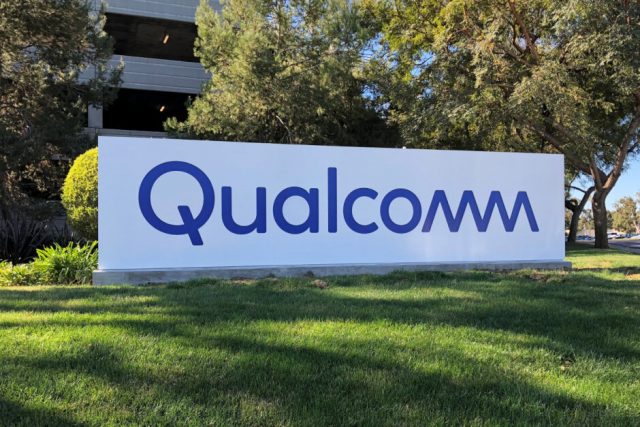Back in May perhaps, Choose Lucy Koh (of Apple v. Samsung fame) designed a ruling that even now may adjust the way Qualcomm sells its chips to mobile phone companies. The judge dominated in favor of the Federal Trade Commission and versus the chipmaker immediately after a 10-day non-jury demo was held at the starting of the year. The FTC argued that Qualcomm’s “no license, no chips” coverage is anti-aggressive.
Other Qualcomm procedures attacked in court included the way royalty payments are calculated based on the total value of a telephone as an alternative of the chip being used. And Qualcomm was also cited for not licensing its requirements-essential patents (SEP). These are patents that will have to be licensed by rivals to warranty that their merchandise satisfy specialized requirements as a final result, they are intended to be accredited on a fair, realistic and non-discriminatory trend (FRAND). In its defense, Qualcomm says that the argument of royalties is an issue of contracts legislation that really should not be listened to in a forum designed for antitrust scenarios. And it also says that there is practically nothing wrong with acquiring compensated for the revenue it spends on R&D.
The FTC is opposed by Qualcomm, the DOJ, the Defense Division, and the Power Division
In her selection, Koh explained that Qualcomm requirements to renegotiate its current contracts with cellular phone suppliers. In her created conclusion, Judge Koh said, “Qualcomm’s licensing tactics have strangled levels of competition in the CDMA and the high quality LTE modem chip markets for decades, and harmed rivals, OEMs, and conclusion buyers in the course of action.” As you may assume, Qualcomm has appealed the final decision and even managed to get the Ninth U.S. Circuit Court docket of Appeals to challenge a remain. This prevents Qualcomm from having to stick to Koh’s orders till all of its authorized possibilities have been fatigued. The firm did have a compelling motive to request a stay it would be a waste of time and vitality to renegotiate all of its contracts only to gain on attractiveness and reverse all of the adjustments designed.
And talking of the appeal, the FTC is basically on the reverse facet of the Trump administration. Ahead of Judge Koh released her choice, Trump officers asked her to restrict any penalties that she was preparing to impose on the chipmaker. And now that the case is being listened to in appeals courtroom, the administration is involved that a Qualcomm loss will negatively effects America’s world-wide leadership in technological innovation and countrywide safety. And the Justice Department, under the leadership of U.S. Legal professional Standard William Barr, has contradicted the FTC by stating that there is nothing anti-competitive about Qualcomm’s organization practices. That is unconventional since the FTC and the DOJ both equally handle antitrust situations. The Justice Office is joined by the Defense Section and Electrical power Division which instructed the appeals court docket that a ruling versus Qualcomm could affect the country’s navy and its power and nuclear infrastructure.
Qualcomm’s Snapdragon X55 5G modem chip is compatible with mmWave and sub-6GHz spectrum
But perhaps even far more critical to the Trump administration is the risk that should Qualcomm eliminate on enchantment, it will negatively effect the rollout of 5G in the states. The following era of wi-fi connectivity will initially deliver obtain details speeds 10 moments quicker than 4G LTE and will lead to the creation of new companies and industries. The nations that harness 5G initial will have a major advantage in the world-wide financial system. Qualcomm’s Snapdragon X50 and X55 modem chips allow for smartphones to hook up to 5G networks. The previous is suitable with tremendous zippy extremely-substantial mmWave spectrum although the latter functions with equally mmWave and sub-6GHz airwaves.
But as much as the FTC is concerned, Qualcomm and the Justice Division have not revealed how Choose Koh’s ruling “threatens countrywide safety in any way — or how all those criteria could justify allowing for Qualcomm to continue on to violate” U.S. antitrust legislation. The 9th circuit appeals court, found in San Francisco, could start out hearing arguments in February and issue a ruling sometime in 2020. For Qualcomm, there is lots at stake.









